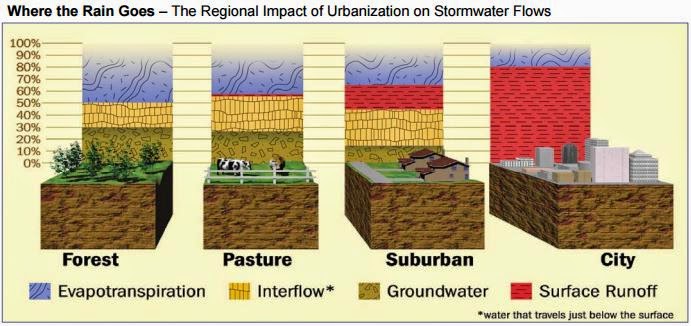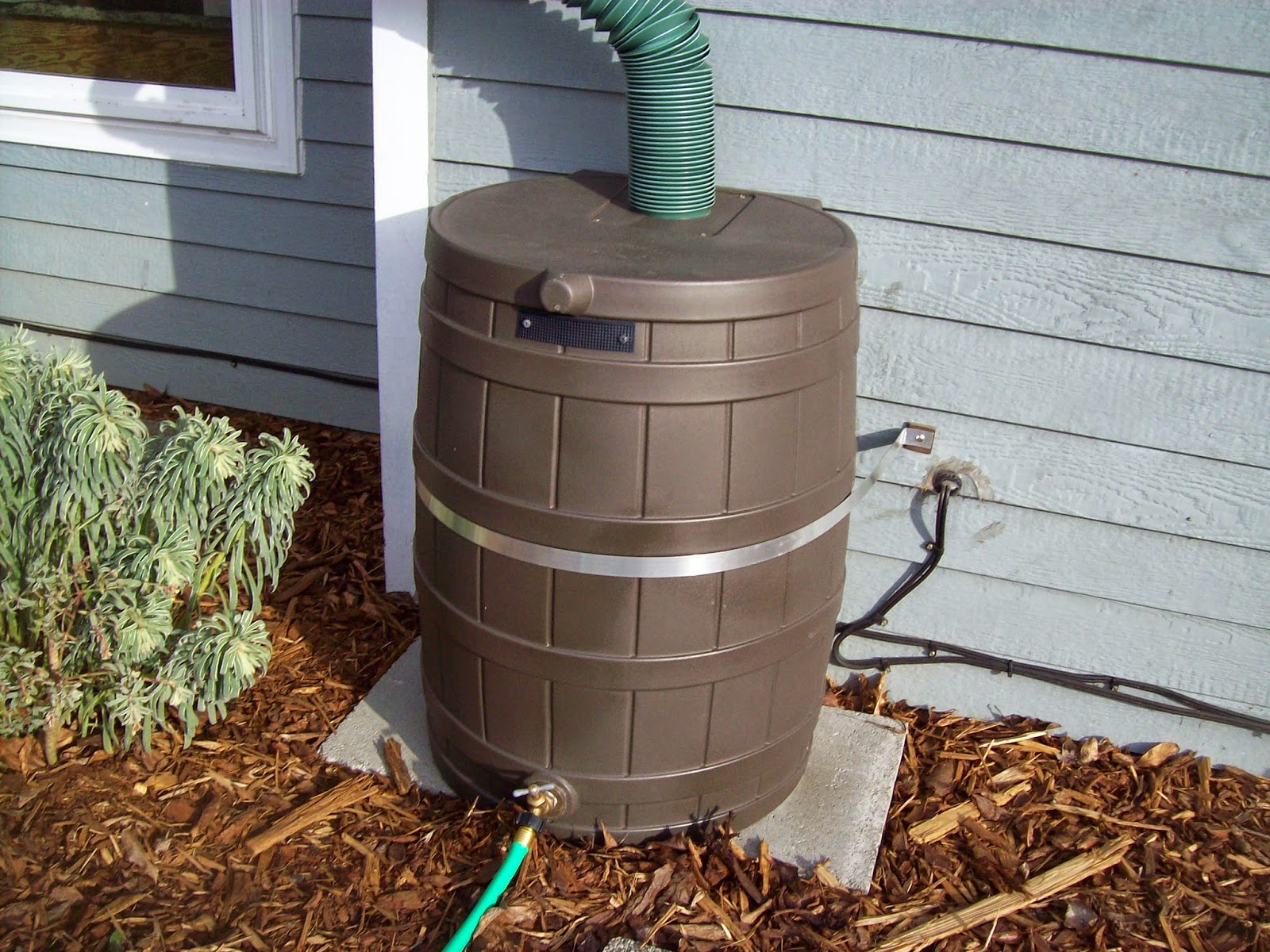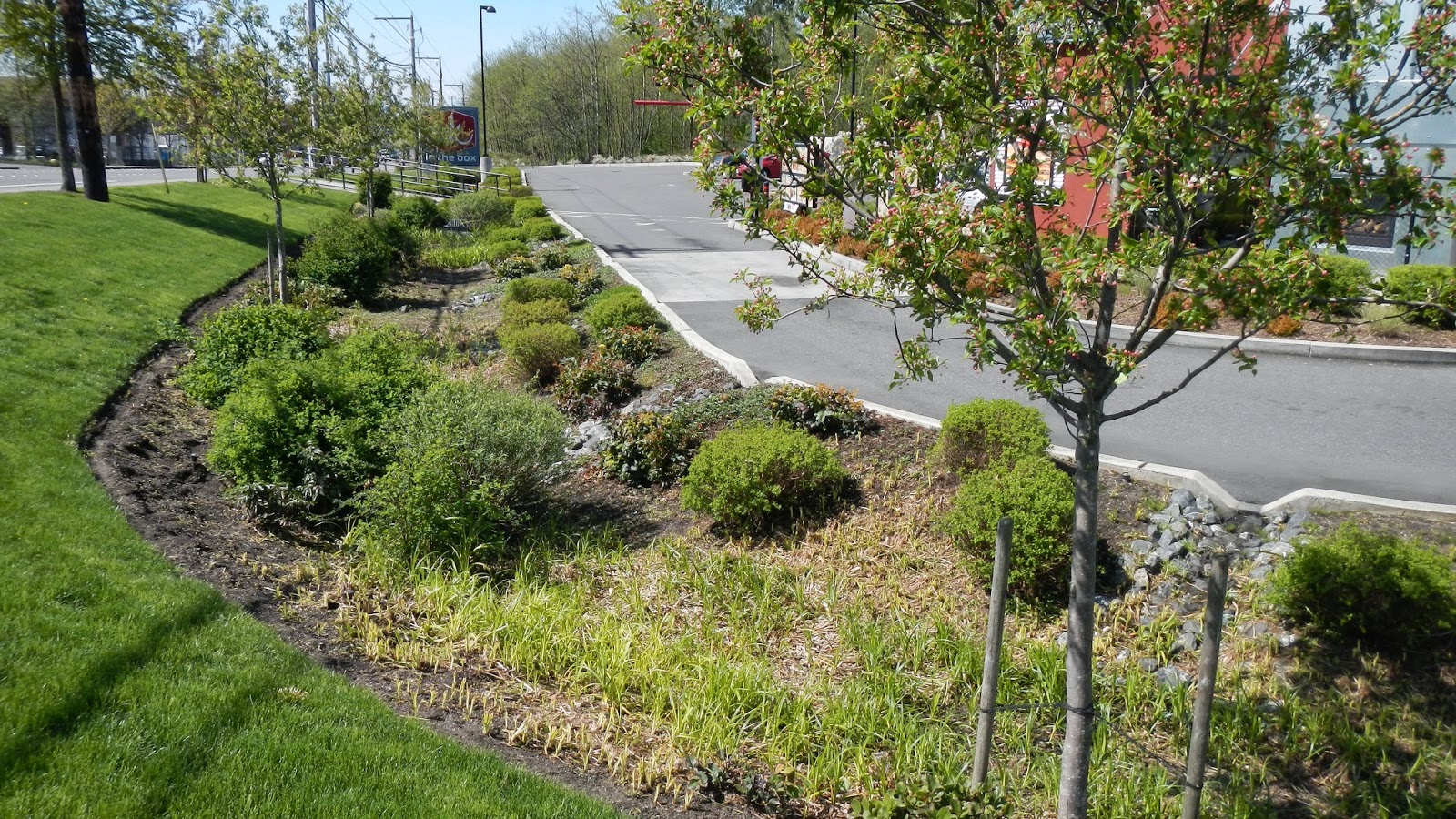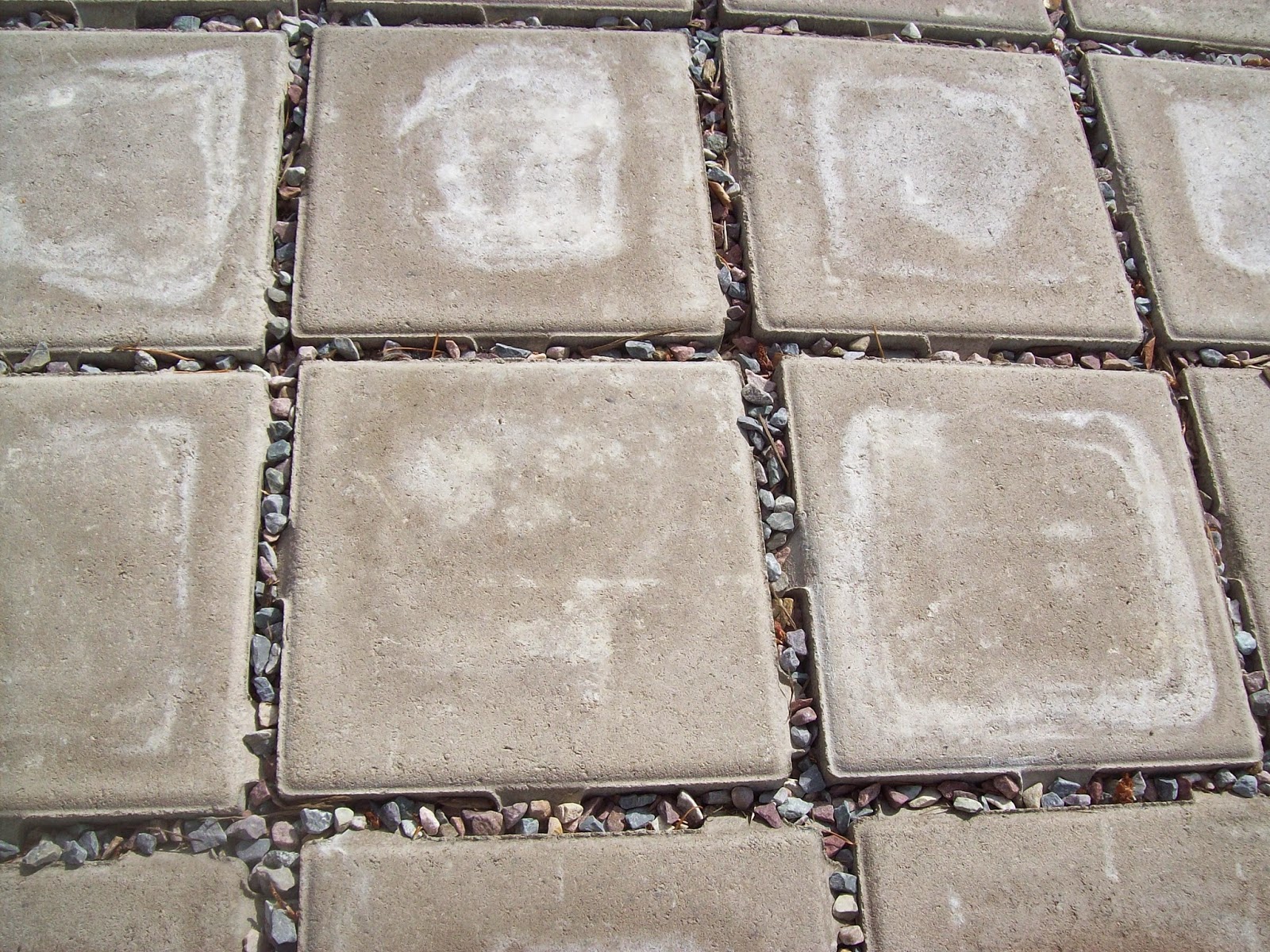Washington is a great place to live, and people are catching on. Last year, almost 50,000 people moved to the state. More people generally translates into more development. In fact, to meet the growing demand, 31,000 housing units were built in Washington state last year.
More housing means more impenetrable surfaces such as roads, roofs, parking lots, and sidewalks –all of which contributes to stormwater.
Water moving through neighborhoods too quickly is bad for the environment. Instead of slowly seeping into the ground like it would in a forest, water flows over roofs, pavement and other surfaces right into the ditches and creeks that feed our lakes and oceans. The fast flow can cause erosion and excess sediment, nutrients and pollution to enter waterways.
Here in the Puget Sound, we are exceptionally sensitive to stormwater pollution. Washington has nearly 74,000 miles of rivers and streams, more than 4,000 lakes, and roughly 3,000 square miles of marine estuaries–and many of them are polluted.
But before we get overwhelmed, let’s focus on what we can do. We can’t underestimate the impact that we can collectively have as homeowners. To celebrate Earth month, we compiled our top five homeowner “can-do’s” to reduce stormwater pollution.
Collect and harvest rainwater
Photo courtesy of City of Bellingham
Lawn and garden watering make up nearly 40 percent of total household water use during the summer. A rain barrel will save most homeowners about 1,300 gallons of water during the peak summer months, while at the same time, decreasing the impact of runoff to streams.
Rain barrels are relatively simple and inexpensive to construct and can sit conveniently under any residential gutter down spout.
Install a rain garden
Photo courtesy of RE Sources
A rain garden is a landscaped area specifically designed to receive stormwater to be slowly absorbed into the soil (infiltration). Rain gardens can be designed with a variety of plants to fit your aesthetic preferences. They can enhance the landscaping and appearance of homes and yards while filtering pollutants, reducing flooding and runoff, recharging groundwater, and providing habitat for insects and birds.
We have tips on how to design and build a rain garden in Western Washington.
Amend hard soils
Hard, packed soil can act like pavement, sending a quick water flow off of your property and right down to the streams and storm drains. Amend your soil to make it nutrient rich and permeable to stormwater. Mix existing soil with organic material such as compost, sphagnum moss (peat moss), leaves, sand, and top soil or soil mix.
Make sure hardscaping is permeable
Remove part or all of your lawn
Lawns have shallow roots and offer limited erosion control. During periods of heavy rain, lawns often become saturated with surface water, which begins to pool and runoff. Lawns also require a lot of watering and mowing. Replacing lawn with native, drought-resistant plants (which have longer roots to pull water down from the surface) will reduce stormwater runoff.
Take a look at other homeowner improvement projects to prevent stormwater pollution, and get inspired. Slow it down, spread it out, soak it in!






